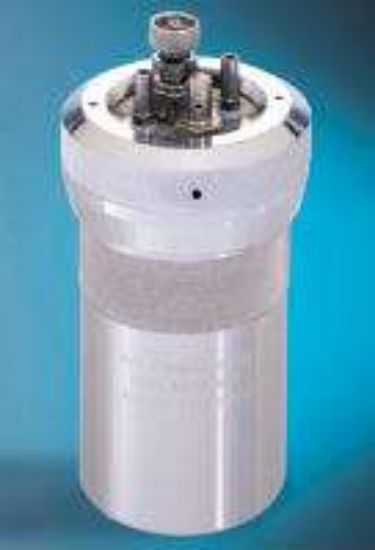For Reliable Combustion Procedures
Combustion with oxygen in a sealed Parr bomb has been accepted for many years as a standard method for converting solid and liquid combustible samples into soluble forms for chemical analysis. It is a reliable method whose effectiveness stems from its ability to treat samples quickly and conveniently within a closed system without losing any of the sample or its combustion products. All hydrocarbons are oxidised to carbon dioxide and water by the reaction, and all sulfur compounds are converted to soluble forms and absorbed in a small amount of water placed in the bomb. Organic chlorine compounds are converted to HCl or chlorides. Any mineral constituents remain as ash, but other inorganic elements such as arsenic, boron and all of the halogens are recovered with the bomb washings. The entire procedure is simple and straightforward, with its superiority over other sample preparation methods derived primarily from it’s: speed, safety and significant sample size. Samples large enough to be statistically significant can be treated in these bombs with complete sample recovery.
Many applications. The reliability of the oxygen bomb method has led to its acceptance as the basic procedure for determining sulfur, halogens, and other elements in a broad range of combustible materials, particularly:
- Sulfur in coal, coke and refuse derived fuels
- Sulfur in petroleum products
- Chlorine in petroleum and other combustible samples
Other halogens and elements such as: arsenic, mercury, phosphorus and boron can also be determined by oxygen bomb methods. Heavy metals present as trace elements in combustible samples can be determined by adding a quartz liner described on page 13 of the Sample Preparation Bombs. A full discussion of oxygen bomb methods, including a listing of standard ASTM, ANSI, API, IP test procedures and an extensive bibliography is provided in Parr Manual 207M. Copies are available on request at no charge.
The 1108CL Chlorine-Resistant BombParr now offers a new 1108CL bomb which is the same as the 1108 model, but with a head and cylinder made of an alloy with superior corrosion resistance to the free chlorine and halogen acids released when burning chlorinated samples. Users who intend to test waste materials and combustible solvents are urged to select the 1108CL bomb instead of the 1108 for its longer service life under extreme corrosive conditions. Bomb maintenance is also improved. In most cases 1108CL bombs returned to the factory for scheduled maintenance can be restored to optimum finish simply by repolishing instead of having to rebore the cylinder to remove pits. The 1108CL bomb may be purchased separately or it can be substituted for the standard 1108 bomb in any Parr calorimeter or combustion apparatus.
An oxygen filling system and other accessories for the 1108 bombs can be ordered from listings on page 15 product brochure, or a bomb complete with all necessary accessories can be obtained by ordering the 1901 oxygen bomb apparatus described on page 13 of the product brochure.

